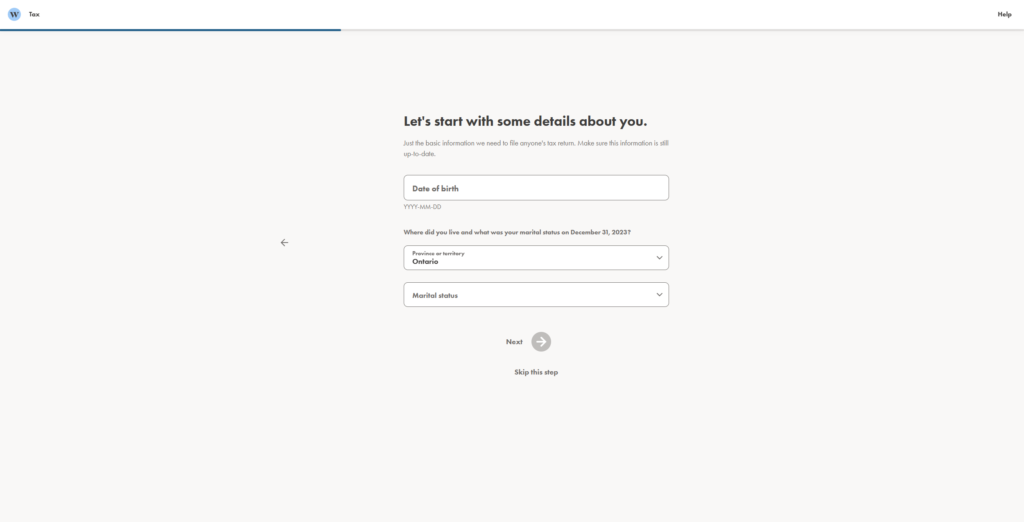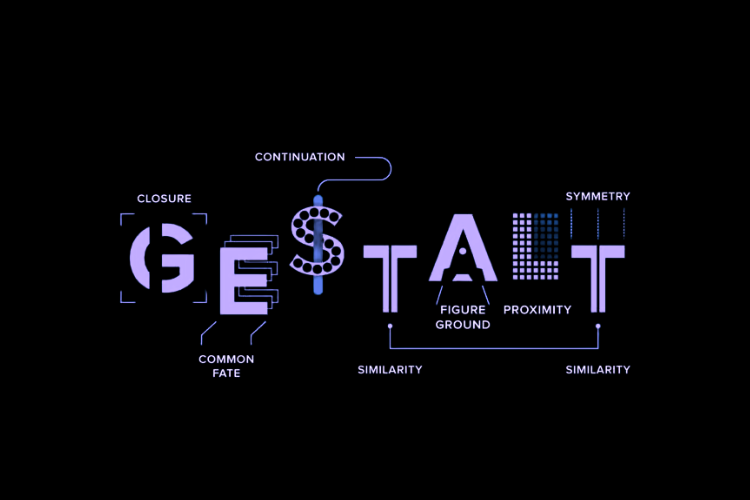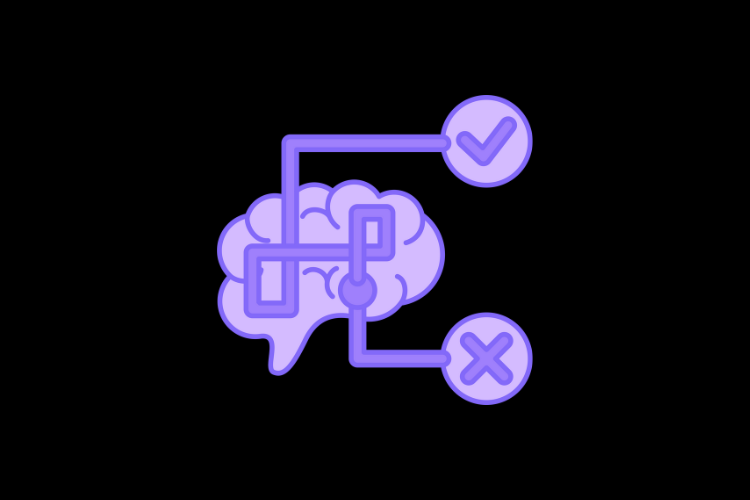Understanding and Managing Cognitive Load

Intrinsic Cognitive Load (ICL)
Intrinsic Cognitive Load is the mental effort needed to understand or complete a task, regardless of how the information is presented. Every task has an inherent complexity based on the nature of the task itself and it is impossible to further reduce that complexity. However, with thoughtful design, we can make complex tasks feel more manageable even if the difficulty remains the same. The main goal is to make it feel more approachable and less overwhelming.
Let’s take tax preparation software as an example, which requires extensive and detailed user information. This complexity is unavoidable because the process itself requires accuracy and compliance with legal regulations. Poorly designed tax software may ask users for all their information at once, which can overwhelm users, and increase the likelihood of errors. As UX designers, this is where we can apply various strategies like Progressive Disclosure to manage ICL. Progressive Disclosure is a technique where you only show users the information required relevant to the current step of a process. This is extremely helpful because you effectively zoom into a small portion of a larger problem, chunking them into manageable parts.
In the case of the tax software, instead of having a long webpage asking for all their information, we can split information into major categories like: Personal Information, Income and Financial status, Deductions, etc. Each category can be its own page, limiting the amount of information presented at any given time. We can also further improve the experience by sorting information into Logical Groupings, so users only need to focus on one type of information at a time. These are just two strategies to help control the cognitive load, but many more exist like having a progress bar as a visual cue or providing pre-filled forms and contextual explanations. While it is impossible to reduce ICL, we can certainly make it feel less overwhelming.
Extrinsic Cognitive Load (ECL)
Extraneous Cognitive Load refers to the mental effort expended due to the way information is presented to the user. This includes cluttered layouts, distracting visuals, and poorly organized navigation, all of which can create unnecessary mental effort for users. ECL is something UX and UI designers have control over and should actively look to minimize.
Think of software or websites that feels cluttered and makes it hard to find what you’re looking for—it’s frustrating and taxing. That’s ECL at work. Fortunately, there are proven techniques to reduce this load. For instance, Information Architecture (IA) ensures content is structured and organized in a way that is aligned with the user’s expectations. This is what makes users say “Wow that software is so user-friendly!” Returning to our tax software example, consider how important it is to manage ECL through thoughtful design. Tax preparation already involves processing a high volume of complex information, so adding unnecessary clutter or confusion only exacerbates the mental strain. A clean and simple visual design is essential: use white space and grouping principles to reduce visual noise and make the interface easier to scan. For instance, grouping similar line items (e.g., income sources, deductions, or expenses) together with clear headings and proper hierarchy will not only enhance navigation but also align with how users naturally process information. Having proper UX copy with concise and simple descriptions can help simplify tax jargon that may be overwhelming for users. We can also apply techniques like contextual help and progressive disclosure to maintain a clean and uncluttered UI. Managing ECL properly will make users feel more supported and focused, and reduce the likelihood of errors.
Germane Cognitive Load (GCL)
Summary
- Intrinsic Cognitive Load
- Heuristics
- Biases
The mental effort needed to understand or complete a task.
Extrinsic Cognitive Load:The mental effort needed to complete a task due to the way information is presented.
Germane Cognitive Load:The mental effort needed to learn, understand, and internalize information.




